PORTRAIT OF A LADY
FIRMIN MASSOT
Geneva 1766 – 1849 Geneva
Oil on canvas
30 x 24.5 cm / 11.8 x 9.4 in, with frame 36 x 30 cm / 14.2 x 11.8 in
PROVENANCE
France, private collection
THE PORTRAIT AS A REFLECTION OF TIME: THE ART OF FIRMIN MASSOT AND THE FASHION OF 1822
The portrait genre has a rare ability to reveal the many facets of its era. While history painting depicts grand events and landscape captures the timelessness of nature, the portrait remains the most immediate testimony of human existence. Every face, every gesture, every fabric tells a story – not only of the sitter but also of the society surrounding them.
At a time when photography had not yet taken a dominant position, the portrait was not just a representation of a face but a statement of status, taste, and cultural preferences. The desire to align with the spirit of the time, the will to express oneself through clothing, posture, and surroundings, transformed each portrait into a mirror of its era. The hairstyle, accessories, costume, and even the expression of the gaze are not random details but essential keys to understanding an era. This analytical approach allows us to view the portrait of this lady from 1822 as a testimony to historical transformations and to consider its author, Firmin Massot, as an artist who connected Geneva, Paris, and London within a unified visual tradition.
THE FASHION OF 1822: A REFLECTION OF CHANGE
The precise dating of this portrait – the year 1822 – is credited to renowned fashion historian Alexandre Vassiliev, who highly valued its artistic and historical qualities. His expertise not only placed the work in its correct time frame but also confirmed its alignment with the major fashion trends of the era.
The year 1822 was a complex period for France. The previous year, in 1821, Napoleon Bonaparte had died, and with him, the dreams of imperial grandeur and military triumphs that had marked the early century faded away. This sense of loss was not felt only by Bonapartists; even among royalists, there was an awareness of an irreversible change, marking the end of a certain France—the one of Louis XIV and Napoleon.
These upheavals also influenced fashion. The Empire style, which had embodied the Napoleonic era with its classical references and streamlined lines, gradually gave way to a more complex and decorative aesthetic, heralding Romanticism and Biedermeier.
The icon of this new direction was the Duchess of Berry (Marie-Caroline of Bourbon-Sicily), whose mother and paternal grandmother were Austrian princesses. This Austrian influence, introduced to France under Napoleon through his marriage to Marie Louise of Austria, strengthened and developed further under the Duchess of Berry. Her style and wardrobe quickly became a reference for a more feminine, sophisticated, and detail-rich fashion.
This portrait fully reflects the spirit of its time. The lady’s attire had already moved away from the simple Empire dresses of the early 19th century, though it had not yet reached the extravagance of the 1830s. It showcases the characteristics of the Biedermeier style, which was rapidly gaining popularity among the rising bourgeoisie.
SILHOUETTE: The waistline remains high but is no longer as extreme as during the Empire period. A more natural silhouette emerges, highlighting the shape of the body without restricting it.
BODICE AND SLEEVES: The bodice draws attention with its sophisticated cut. It is made of dark fabric, probably silk or velvet, contrasting with a collar of tulle or white muslin. This ruffled collar is a typical feature of Biedermeier fashion, where layering and lace details play a crucial role. The long sleeves, slightly puffed at the shoulders, foreshadow a trend that would become even more prominent between 1825 and 1830.
SKIRT: Although the lower part of the dress is not fully visible, it can be assumed that it has a moderately flared cut without excessive crinoline—an important distinction from the Empire style, which favored straight lines.
COLORS: The contrast between the dark blue or black dress and the white collar enhances the elegance and refinement of the sitter. These color combinations were particularly favored among the aristocracy and bourgeoisie of the time.
FIRMIN MASSOT: AN ARTIST OF HIS TIME
This portrait is a characteristic example of Massot’s work in the early 1820s.
Firmin Massot (1766–1849) was a renowned Geneva-born portraitist and miniaturist, whose works enjoyed great popularity among the European aristocracy and intellectual elites. His style, blending French elegance with Anglo-Swiss precision, made him one of the most sought-after artists of his era.
France played a central role in his career. During his stay in Paris in 1807, he met François Gérard and Jean-Baptiste Isabey, two influential painters who had a significant impact on his art. He also maintained connections with the circle of Madame de Staël, and his patrons included Juliette Récamier, Empress Josephine, and Prince and Princess Esterházy.
Massot distinguished himself by his unique approach to portraiture. He avoided the formalism of official portraits, favoring spontaneity, making his work akin to British conversation pieces. Frequently collaborating with Wolfgang-Adam Töpffer and Jacques-Laurent Agasse, he contributed to the formation of the Geneva school of portraiture, which merged Swiss precision with refined European taste.
Firmin Massot was not just a master of portraiture but also an artist who successfully united various national traditions in his work. His paintings were not merely representations of contemporary faces but also provided valuable insight into aesthetic and social transformations. Just like the dress of the lady from 1822, Massot himself embodies his era, expressing the spirit of a past age through the precision of his brush and his sensitivity to the personality of his sitters.
Wladyslaw MAXIMOWICZ
Bratislava, 2022


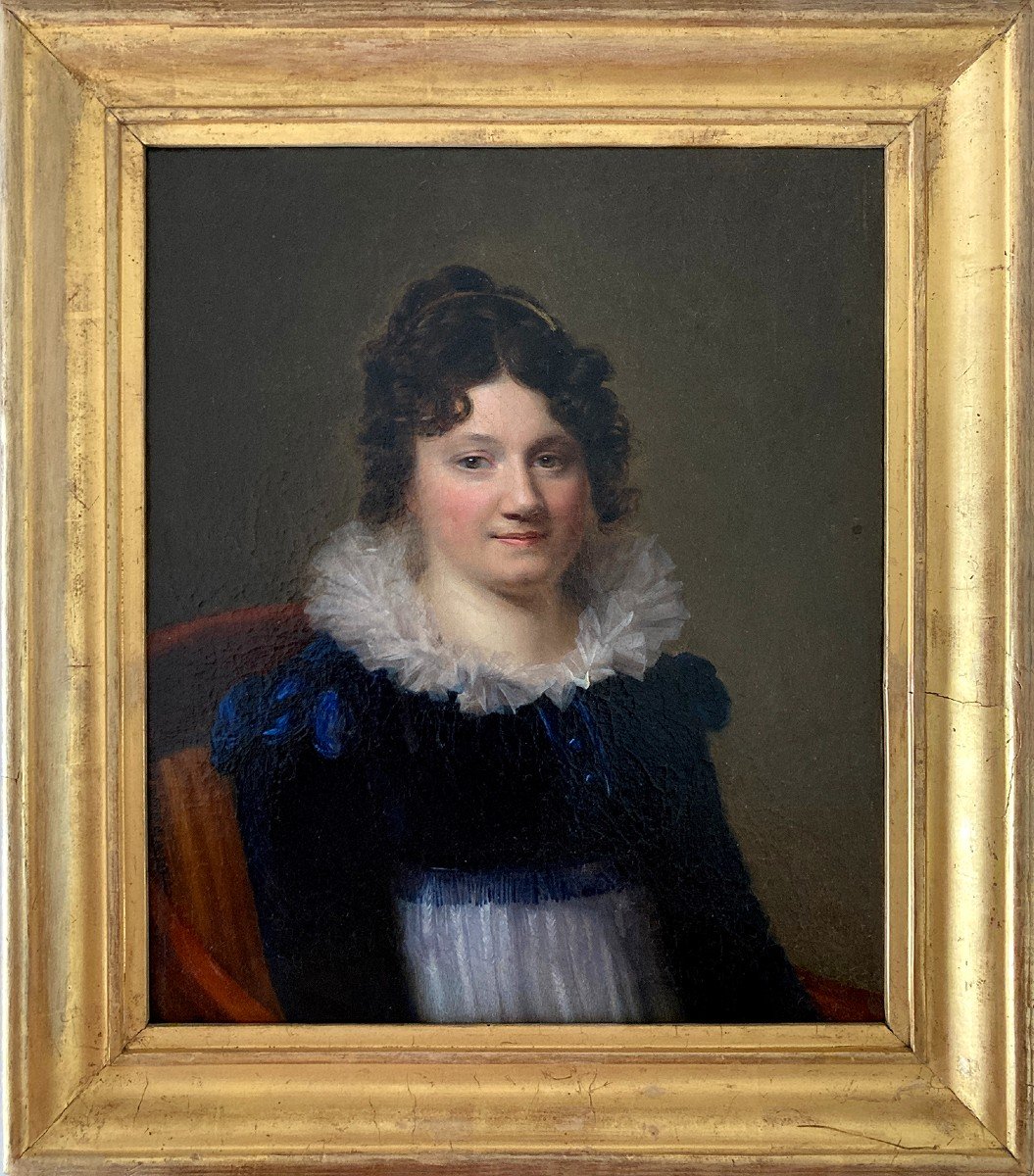
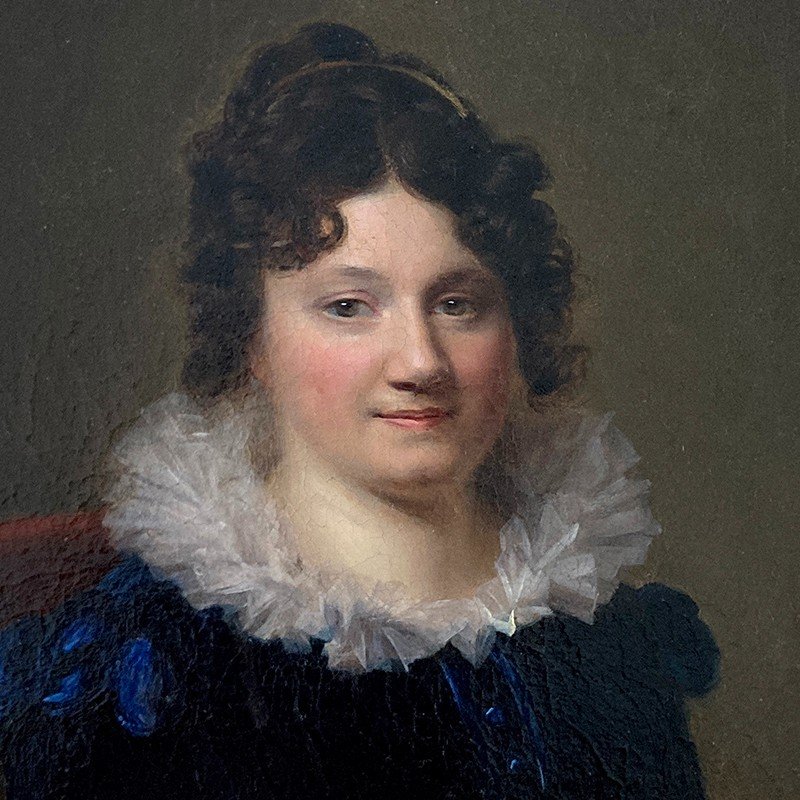



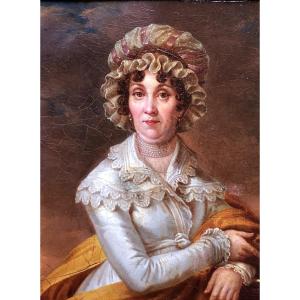
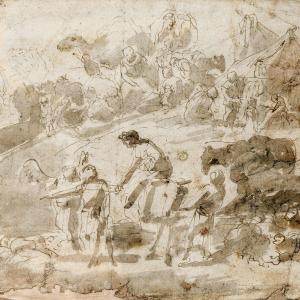




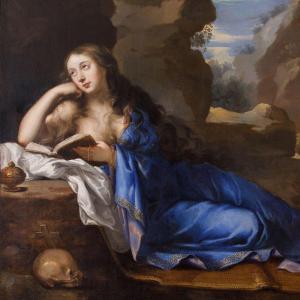



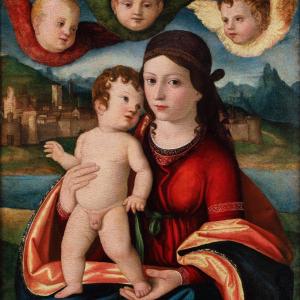

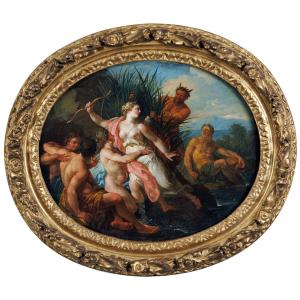
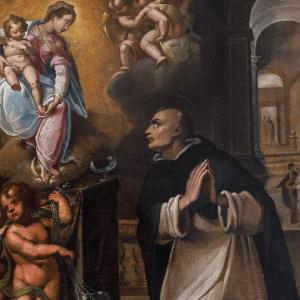
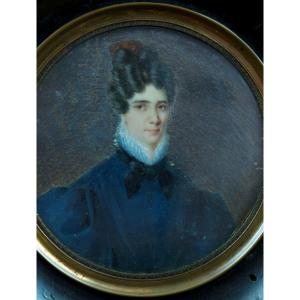


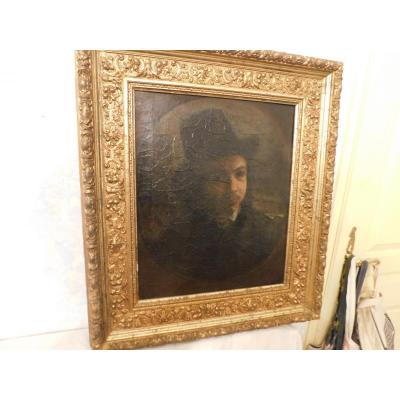
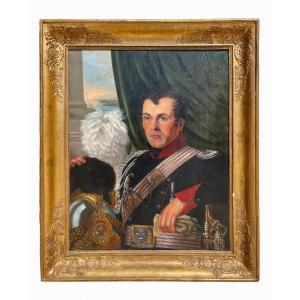



 Le Magazine de PROANTIC
Le Magazine de PROANTIC TRÉSORS Magazine
TRÉSORS Magazine Rivista Artiquariato
Rivista Artiquariato